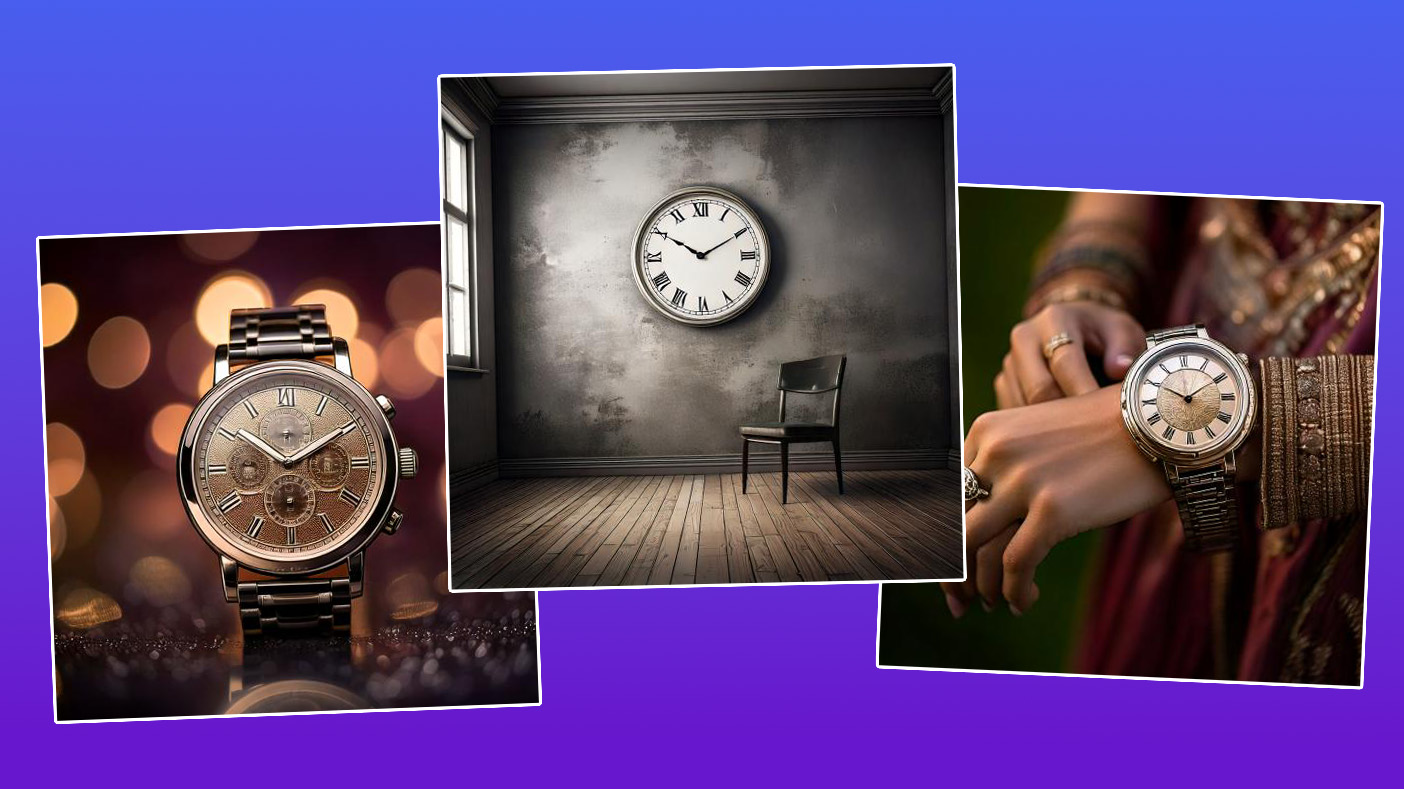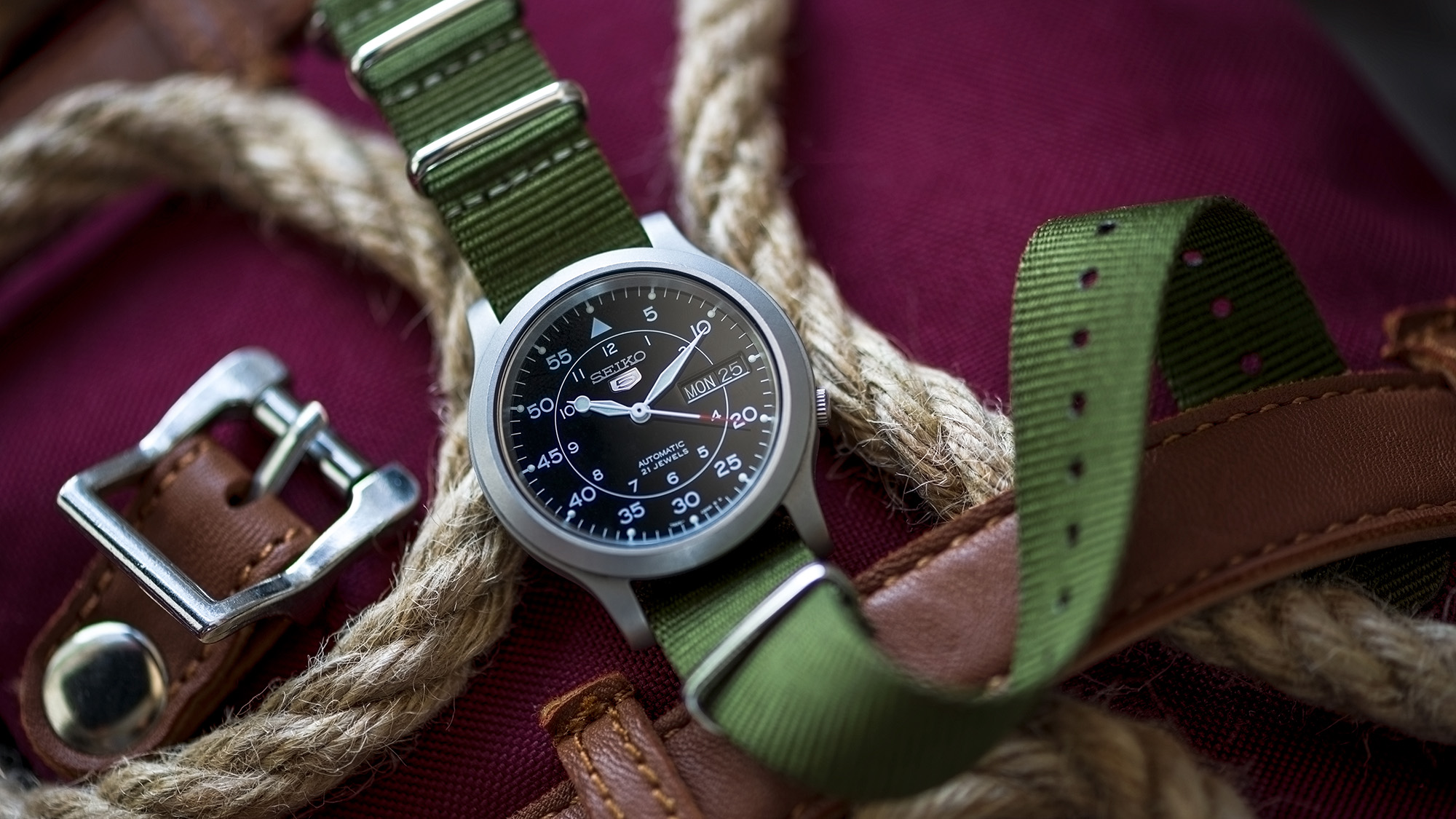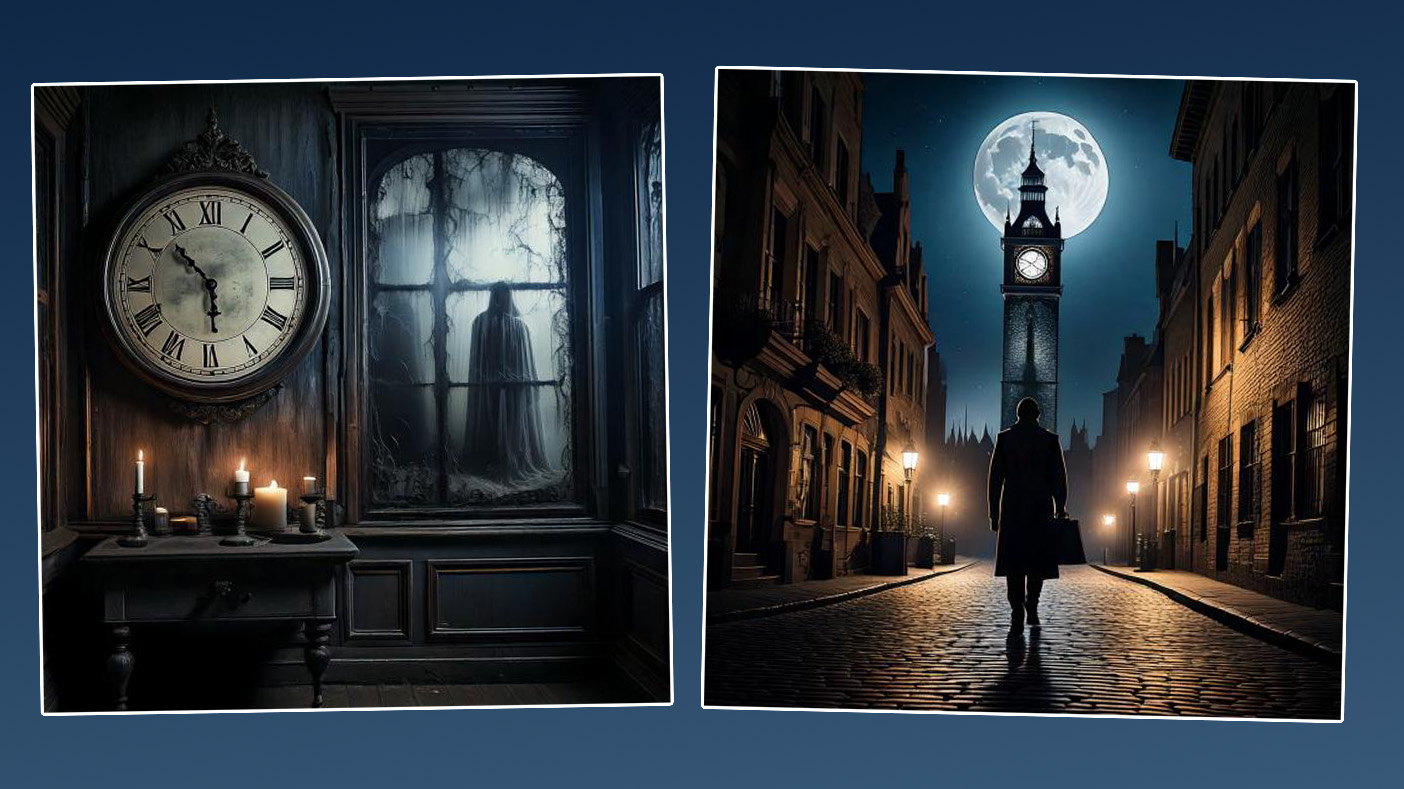
I’m a bit of a watch enthusiast – not that I’ll ever manage to get my hands on an Omega or Rolex – so when I saw a headline from Medium entitled: “In the AI art world, the time is almost always 10:10,” I immediately knew why. Nope, it’s not the time of the AI apocalypse (phew!). It has a lot to do with photography...
I couldn’t read the rest of the article because it’s behind a paywall, so I’m sure it came to a similar conclusion, but pop off to any watch or clockmaker’s website and I'll bet nearly all imagery will be set to 10:10.
Just don’t go trotting off to Apple, because not only are smartwatches timepiece imposters (pfffft!) **I jest** but Apple is the 10:10 outlier. Imagery of Cupertino's finest is set to 10:09 and while I can’t find an official line as to why, I’m sure it was intended to signify change. After all, the smartwatch was by far the biggest advancement in horology since the quartz crisis way back in the seventies.
The Internet is awash with various 10:10 conspiracy theories – as you’d imagine – including a correlation with the death of various historical figures including Abraham Lincoln, JFK and even the inventor of the clock, as well as the time in which the first A-bomb hit the Japanese city of Hiroshima. And while it does seem nice that an entire industry would pay tribute to a life or lives in this manner, each theory can be more-or-less totally debunked with some surface-level research.

The most likely answer has everything to do with marketing and photography. Essentially, analog clocks are photographed or rendered at 10:10 because it’s pleasing to the eye. This certainly makes sense from a compositional standpoint. For starters, 10:10 is symmetrical. Go much beyond 10 minutes past and the hour hand starts to noticeably creep away from the hour marker. If you set a clock to 08:20 or 09:15, for example, it simply doesn't look as symmetrical as 10:10.
Another possibility is that the hands set to 10:10 look a little like a smile, while 08:20 looks more like a frown. But a more practical reason is that 10:10 – on most clock faces – provides a symmetrical composition without obstructing any complications found on the dial. A popular complication is a date window, a small square or rectangle set into the clock face to display the date.
A famous example of this is the Rolex Datejust watch. Typically, date windows are positioned over the 12, three or six numerals. Set the time to 10:10 and the hands won’t impede any of these positions. Even a chronograph, which will have a much busier dial, will likely only be minimally impeded with the hands at 10:10.
The limitations of AI-image generation

This of course, fits into the wider discussion about AI. My layman’s guess is that the best AI-image generators have scraped thousands of watch images and since the largest percentage of watch imagery available shows the time set to 10:10, it’s responding in kind.
So, days after stating: AI-generated imagery poses a threat that isn't being talked about, I decided to contradict myself and use Adobe Firefly to test this out myself. I found – during my admittedly limited time with the program – that images of clocks were much more likely to display a time other than 10:10 than watches.
I can only assume this is because the vast majority of watch photography is product-based and therefore follows the 10:10 rule, whereas clocks are photographed all over the world without the primary intention of the photographer being product imagery. For example, a bride and groom photographed beside a grandfather clock in a wedding venue or a photograph of a city scene with clock tower in it.
Of course, all this highlights a big limitation of artificial intelligence right now and that is its ability to factor in context. This, of course, would require the AI to think for itself, which isn’t yet possible. Some experts in the field think this will never be possible and others consider it a watershed moment in how AI tech will affect humanity in the future.
For now though, non-sentient AI's err on the side of the masses. And since 10:10 is a genuine thing, expect AI-rendered clocks to read 10:10 for the foreseeable future.
You may also like...
Into product photography? Check out the best camera for product photography. And if you're looking at boosting your product photography skills, learn to shoot product photography with a single strobe. If AI is more your thing: I think restoring this iconic photo with AI is heresy and sets a dangerous precedent.







